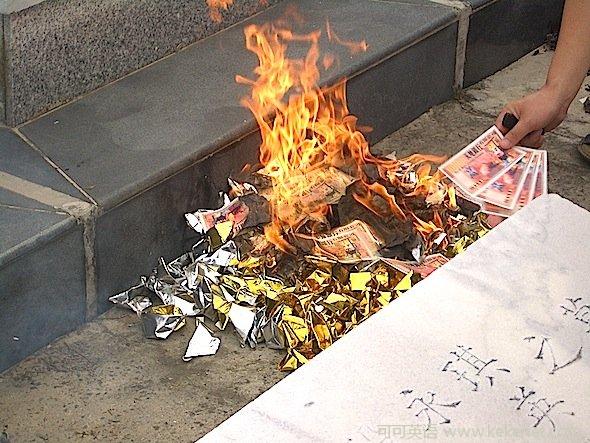How 9 Countries Completely Lost Control Of Inflation
Hyperinflationary episodes have appeared several times over the past century – 55, to be exact – as the world's nations have experimented with fiat currencies backed by the full faith and credit of the governments that issue them.
At times, that full faith and credit has been misplaced – and holders of unstable currencies have been caught empty-handed in countries all over the world.
Often, this is can be a recurring theme among developing nations like those in Latin America during the debt crisis that struck the region in the 1980s.
Even some of the largest economies in the world today, though – like China, Germany, and France – have suffered devastating hyperinflationary episodes.
A major historical precursor of hyperinflation is war that destroys the capital stock of an economy and dramatically reduces output – but the misplaced monetary and fiscal policies that ensue are almost always part of the story.
For the first time, economists Steve Hanke and Nicholas Krus have compiled data on all 56 recorded hyperinflations in a new study.

Hungary: August 1945 - July 1946
Prices doubled every: 15 hours
Story: Hungary was economically devastated by WWII. Owing to its unfortunate status as a warzone, estimates indicate 40 percent of Hungary's capital stock was destroyed in the conflict. Before this, it had engaged in a wild, debt-fueled ramp up in production to support the German war effort, but Germany never paid for the goods.
When Hungary signed a peace treaty with the Allies in 1945, it was ordered to pay the Soviets massive reparations, which accounted for 25-50 percent of Hungary's budget during its hyperinflationary episode. Meanwhile, the country's monetary policy was essentially co-opted by the Allied Control Commission.
Hungarian central bankers warned that printing money to pay the bills would not end well, but "the Soviets, who dominated the Commission, turned a deaf ear to these warnings, which led some to conclude that the hyperinflation was designed to achieve a political objective–the destruction of the middle class" (Bomberger and Makinen 1983).

Daily inflation rate: 207 percent
Zimbabwe: March 2007 - November 2008
Prices doubled every: 25 hours
Story: Zimbabwe's hyperinflation was preceded by a long, grinding decline in economic output that followed Robert Mugabe's land reforms of 2000-2001, through which land was expropriated largely from white farmers and redistributed to the majority black populace. This led to a 50 percent collapse in output over the next nine years.
Socialist reforms and a costly involvement in Congo's civil war led to outsized government budget deficits. At the same time, the Zimbabwean population was declining as people fled the country. These two opposing factors of increased government spending and a decreasing tax base caused the government to resort to monetization of its fiscal deficit.

Daily inflation rate: 98 percent












